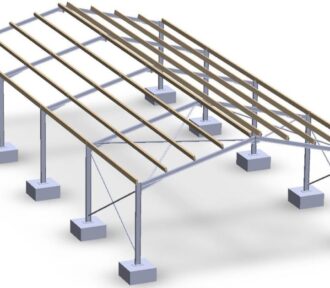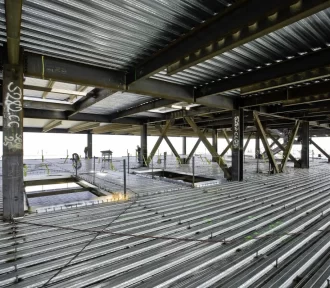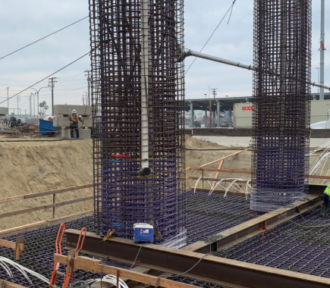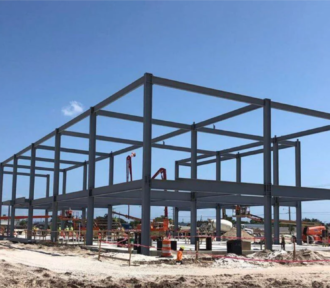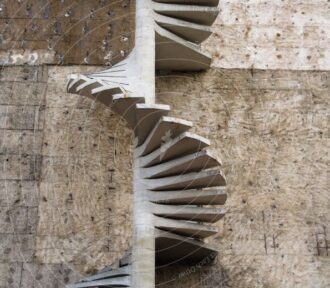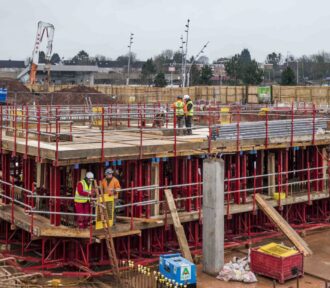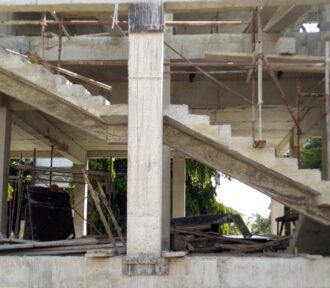This article is an overview of the IstructE document (How to Calculate Embodied Carbon). It focuses on the lifecycle module A1-A5 (embodied carbon from the production stage up to the end of the construction process).
Category: Eurocodes
This article offers an extensive discussion on the analysis and design of portal frames based on the recommendations of Eurocode 3.
This article outlines the process of modeling, analyzing, and designing buildings. It is mentioned that the analytical process needs to be rationalized, but not at the price of an economic design.
The assessment of floor vibration concerns how the mass of its supporting structure moves when subjected to an imposed load. This is determined by ascertaining the natural frequency of the supporting structure to the floor, which is stated in Hz (cycles per second).
The justification for combining loads from two or more super-structural element typically stems from restrictions. For instance, where the columns are closely spaced such that independent pile caps are impossible to construct as a result of overlapping.
This article provides guidance on how to design steel columns subjected to combined axial compression and bending to EC3, using the simplified expressions in the IStructE manual for the design of steelwork buildings.
A spiral staircase is a type of staircase that follows a helical or circular path, with each step or tread positioned around a central column or a post.
A fee proposal is an engineer’s ‘offer’ to undertake a predefined work for a defined fee and it is usually for the client to either accept or reject this offer. To give legal certainty to the offer, the following six items need to be defined in the proposal or an attached document.
This article aims to introduce the concept of temporary works. How the design of temporary works differs from permanent works and the interplay that exist between temporary works engineer and the permanent works engineer.
A Stringer beam is a structural member that supports a floor or a deck along its longitudinal direction. They are usually inclined secondary beams stemming from primary beams and their basic function is to convert distributed loadings from a slab into point loads which is transferred back to the primary beams or supports.

